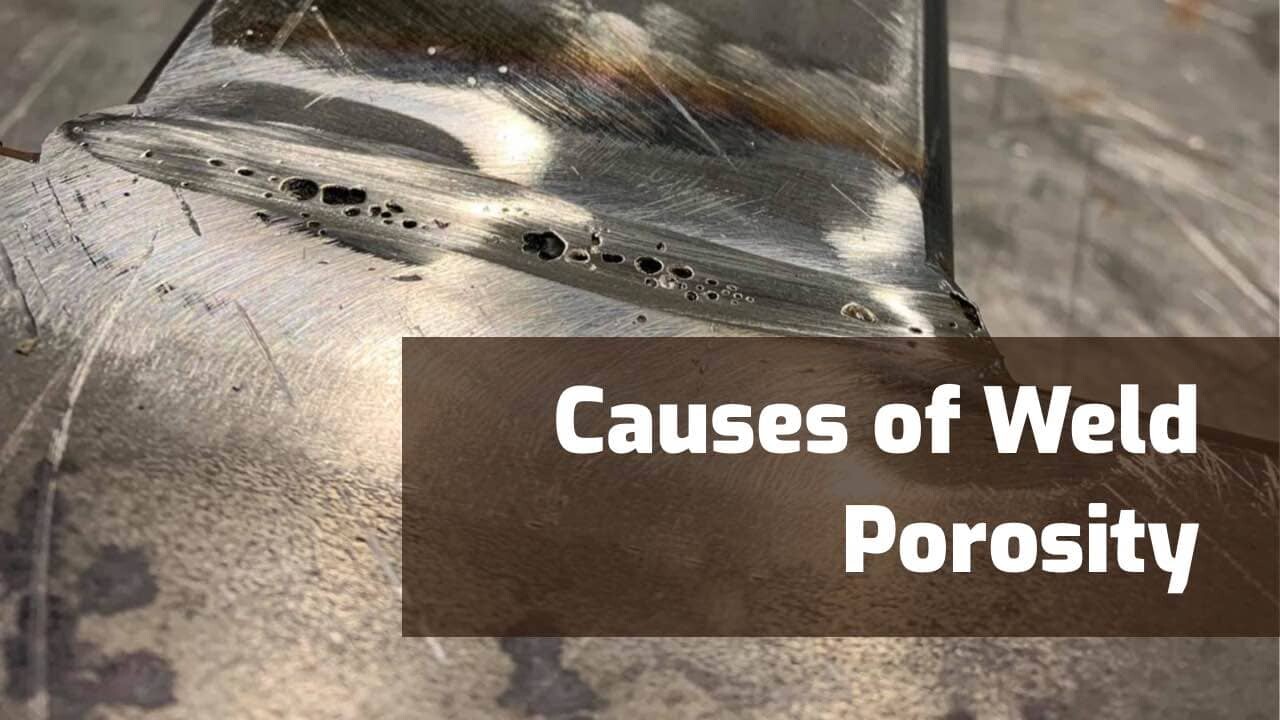Comprehensive Overview: What is Porosity in Welding and How to avoid It
Comprehensive Overview: What is Porosity in Welding and How to avoid It
Blog Article
Unraveling the Enigma of Porosity in Welding: Tips for Minimizing Flaws and Making The Most Of Quality
In the elaborate globe of welding, porosity continues to be a persistent difficulty that can significantly affect the high quality and stability of bonded joints. Recognizing the elements that add to porosity development is important in the quest of flawless welds. By unraveling the enigma of porosity and executing effective methods for issue minimization, welders can raise the standards of their job to achieve premium high quality outcomes. As we dig right into the depths of porosity in welding, discovering the keys to its avoidance and control will certainly be critical for experts seeking to grasp the art of high-grade weldments.
Understanding Porosity in Welding
Porosity in welding, a common problem encountered by welders, describes the visibility of gas pockets or voids in the bonded material, which can jeopardize the honesty and quality of the weld. These gas pockets are typically caught during the welding process due to numerous aspects such as improper shielding gas, polluted base materials, or incorrect welding specifications. The development of porosity can compromise the weld, making it at risk to breaking and rust, ultimately leading to architectural failures.
By acknowledging the importance of maintaining proper gas securing, making certain the cleanliness of base products, and optimizing welding setups, welders can substantially reduce the possibility of porosity development. On the whole, a detailed understanding of porosity in welding is crucial for welders to create top quality and durable welds.

Typical Reasons For Porosity
When examining welding processes for possible high quality issues, understanding the common causes of porosity is crucial for maintaining weld stability and stopping architectural failures. Porosity, defined by the presence of dental caries or spaces in the weld metal, can significantly jeopardize the mechanical homes of a welded joint.
In addition, welding at improper specifications, such as exceedingly high travel rates or currents, can produce too much disturbance in the weld pool, trapping gases and creating porosity. By addressing these usual reasons via proper gas securing, product preparation, and adherence to optimum welding parameters, welders can minimize porosity and enhance the quality of their welds.
Methods for Porosity Avoidance
Implementing reliable preventive measures is essential in lessening the incident of porosity in welding procedures. One strategy for porosity avoidance is ensuring appropriate cleaning of the base steel prior to welding. Impurities such as oil, oil, corrosion, and paint can bring about porosity, so detailed cleansing using proper solvents or mechanical methods is important.

Another trick preventative step is the choice of the ideal welding consumables. Using premium filler materials and protecting gases that appropriate for the base steel and welding process can considerably lower the threat of porosity. Furthermore, maintaining appropriate more information welding parameters, such as voltage, present, take a trip speed, and gas flow rate, is crucial for porosity prevention. Differing the recommended setups can lead to incorrect gas protection and insufficient fusion, leading to porosity.
Furthermore, using correct welding methods, such as keeping a regular travel speed, electrode angle, and arc size, can assist avoid porosity (What is Porosity). Adequate training of welders to ensure they comply with finest methods and top quality control procedures is also important in minimizing porosity flaws in welding

Best Practices for High Quality Welds
Guaranteeing adherence to industry requirements and proper weld joint prep work are essential aspects of investigate this site attaining consistently high-quality welds. In addition to these fundamental steps, there are several ideal practices that welders can carry out to even more improve the high quality of their welds. One key technique is keeping appropriate cleanliness in the welding area. Pollutants such as oil, oil, rust, Related Site and paint can adversely affect the top quality of the weld, resulting in problems. Thoroughly cleaning up the work surface and surrounding area prior to welding can assist minimize these issues.
An additional ideal practice is to very carefully choose the ideal welding parameters for the details materials being signed up with. Appropriate criterion option makes certain optimum weld penetration, blend, and general top quality. Utilizing high-quality welding consumables, such as electrodes and filler metals, can significantly impact the last weld quality.
Relevance of Porosity Control
Porosity control plays a crucial function in guaranteeing the stability and quality of welding joints. Porosity, identified by the presence of tooth cavities or spaces within the weld metal, can substantially endanger the mechanical residential properties and structural integrity of the weld. Extreme porosity damages the weld, making it more susceptible to fracturing, deterioration, and overall failure under functional tons.
Effective porosity control is important for preserving the desired mechanical buildings, such as stamina, ductility, and durability, of the bonded joint. What is Porosity. By minimizing porosity, welders can enhance the general high quality and reliability of the weld, ensuring that it fulfills the performance requirements of the intended application
In addition, porosity control is vital for accomplishing the desired aesthetic appearance of the weld. Too much porosity not only weakens the weld but likewise diminishes its aesthetic charm, which can be crucial in sectors where looks are essential. Proper porosity control strategies, such as making use of the proper securing gas, controlling the welding criteria, and making certain appropriate sanitation of the base products, are important for generating premium welds with very little defects.

Final Thought
In verdict, porosity in welding is a typical flaw that can jeopardize the high quality of the weld. It is crucial to control porosity in welding to make certain the stability and strength of the last item.
Report this page